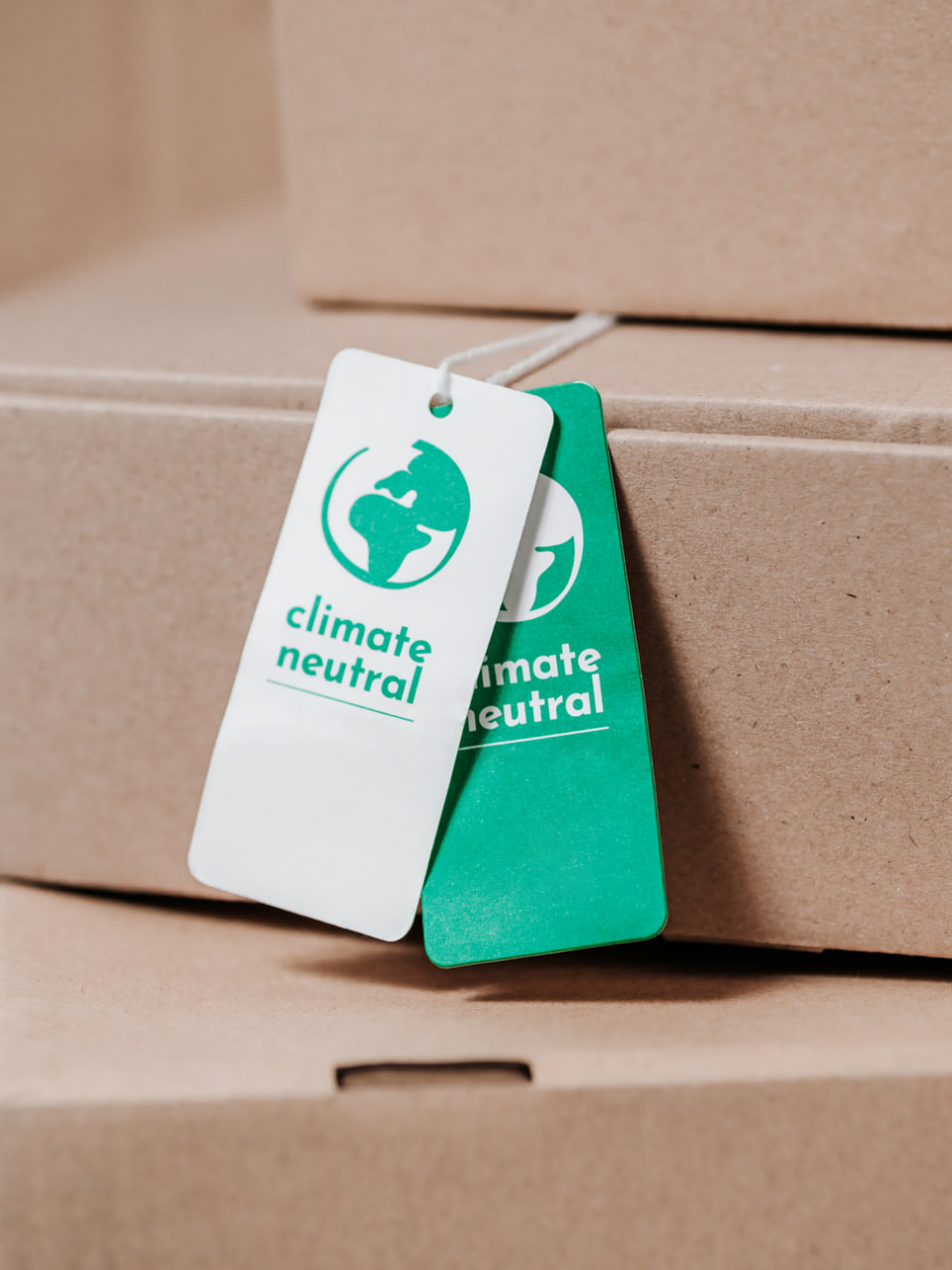Phone:
(701)814-6992
Physical address:
6296 Donnelly Plaza
Ratkeville, Bahamas.

Choosing the right material for your packaging isn’t just about looks — it’s about function, feeling, and intention. When you work with reused materials, each option brings its own strengths and challenges. Some are flexible and lightweight. Others are strong and structured. Some carry softness, others carry boldness. And understanding the qualities of paper, cardboard, and fabric helps you decide what best fits your product, your brand, and your creative process.
Let’s begin with paper — one of the most accessible and versatile reused materials available. Recycled paper is everywhere: old newspapers, magazines, flyers, office sheets, paper bags, packaging inserts. It’s lightweight and foldable, ideal for wrapping, layering, labeling, or padding. Paper can carry print beautifully, especially when repurposed from visually interesting sources like book pages or vintage maps. It can be cut, torn, stamped, stitched, and glued. But it also has its limitations: it isn’t very durable when exposed to moisture, and it won’t hold heavy items without support.
What makes paper shine is its adaptability. It can be rolled, crumpled, folded into envelopes or sleeves, and used to tell visual stories. A simple product wrapped in reused tissue paper, tied with thread, and paired with a handwritten note has character and honesty. It feels close, human, and thoughtful. If your product is lightweight — such as jewelry, dried herbs, stationery, or textiles — paper packaging is a perfect match.
Next comes cardboard — the backbone of many reuse-based packaging projects. It’s strong, structural, and widely available. Shipping boxes, cereal boxes, packaging inserts, and even toilet paper cores offer endless possibilities. Corrugated cardboard provides durability and protection for heavier goods, while thinner cardboards are easier to fold and manipulate into containers, tags, and supports.
Cardboard works well for building boxes, trays, sleeves, and folders. It can be layered for strength or cut into clean, precise shapes. It holds its form and can be printed on, painted, or left raw to show its recycled origin. It also responds well to scoring and folding tools, making it ideal for crafting custom shapes. For small businesses shipping soaps, candles, ceramics, or any fragile item, cardboard is often the most reliable reused option.
Beyond structure, cardboard also offers visual weight. A well-cut box made from a recycled shipping carton tells a story of resourcefulness and care. It can be dressed up with paper overlays or used as-is for a minimalist, raw look. It balances function and form — making it a favorite for handmade brands that want packaging that protects without waste.
Then we have fabric — the warmest, softest, and most reusable of the three. Reused fabric includes old clothes, linen offcuts, curtain trimmings, and sewing scraps. It adds a completely different texture to your packaging, evoking warmth, comfort, and a handcrafted feel. Fabric can be wrapped, tied, stitched into bags, or even used as ribbons and decoration. It’s perfect for gift sets, reusable packaging solutions, or products meant to feel luxurious and intimate.
The charm of fabric lies in its tactile nature. It invites people to touch, unfold, and keep. A small product wrapped in soft linen or cotton carries a sense of care. The customer knows that this isn’t single-use — it can become something else. A cloth pouch might turn into storage. A tied bundle might become part of a ritual. For brands focused on slow living, handmade crafts, or natural goods, fabric adds depth and elegance.
But fabric also requires more preparation. It needs to be cut cleanly, sometimes hemmed or secured to avoid fraying. It adds bulk in shipping and can’t always be printed on directly. Yet, these “inconveniences” are also what make it special. It feels alive. And for many customers, that’s exactly what they’re looking for — not perfection, but presence.
So how do you decide which reused material is right for you?
Start by thinking about your product’s needs. Is it heavy or fragile? Go with cardboard. Is it lightweight and best with layering? Try paper. Are you offering something intimate or luxurious? Consider fabric.
Next, consider your brand voice. What feeling are you trying to convey? Earthy and honest? Raw cardboard might be the best fit. Delicate and poetic? Layered paper might speak for you. Cozy and slow? Fabric might become your signature.
Also, be honest about what you have access to. One of the biggest strengths of reused materials is that they’re abundant — and local. You don’t have to order supplies. You can gather from what already exists around you. Let availability guide your design. If you have a stack of brown paper bags, start there. If you found a pile of old T-shirts, experiment with wrapping techniques. If your community receives a lot of boxes, build your templates around those shapes.
Remember, reused materials aren’t second-best. They’re an invitation to create differently — to slow down, to look around, and to design with intention. The beauty of eco packaging is that it’s not about perfection. It’s about presence. When you take the time to turn discarded materials into something functional and beautiful, you’re not just making packaging. You’re making a point.
That what we already have is enough.
That waste can become value.
That creativity begins not in the store, but in the scrap pile.
Paper, cardboard, and fabric — each with their own story, their own strength, their own future in your hands.